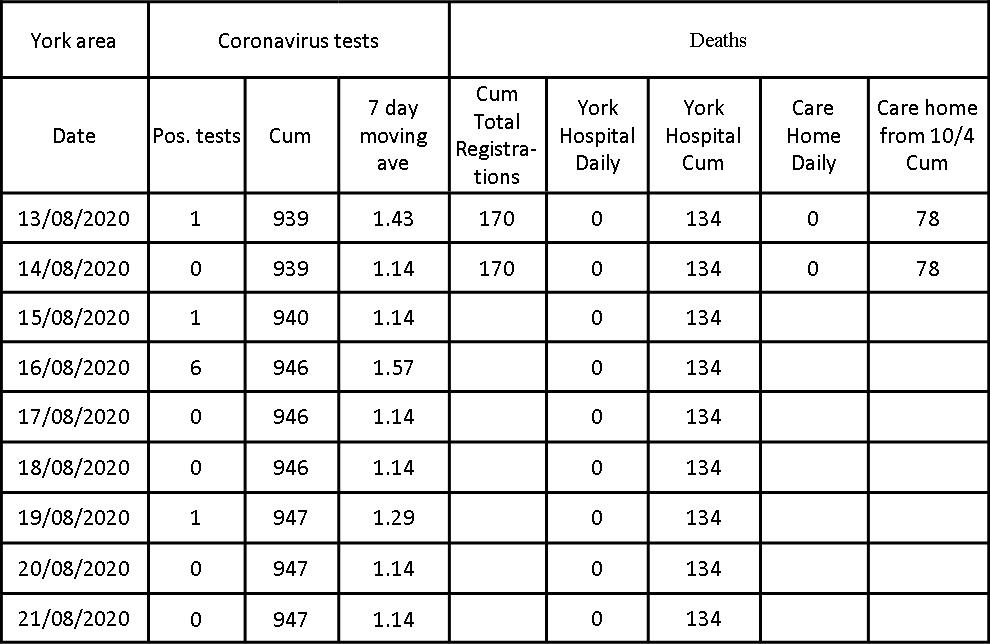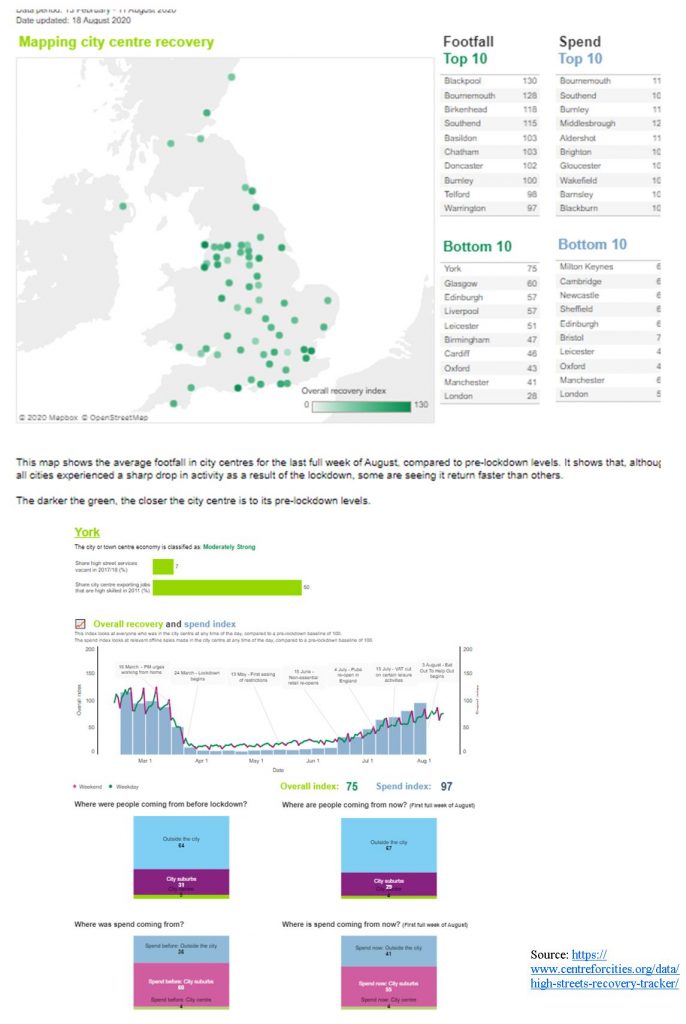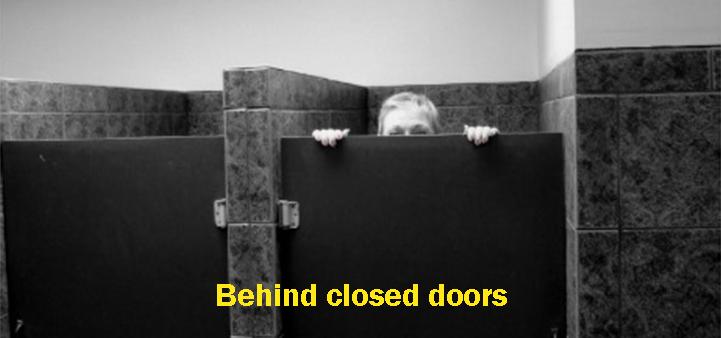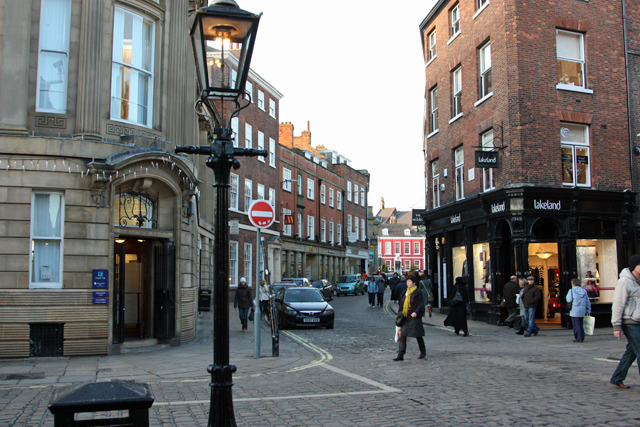Deaths and test results
There has been one additional positive coronavirus test result in York. This brings the cumulative total to 947.
There have been no further hospital deaths

York Council commentary on COVID trends revised
The Council has updated its Open Data commentary
The situation is now rated as RED. This is the most serious of the three gradings available. It reflects the 6 additional cases revealed on 16th August.
There is still no comment from the authorities about the location and background of the new cases announced yesterday .
The Council commentary says
2DIAGNOSED CASES (Pillar 1 and 2 combined)
• As at 20.8.20 York has had 946 cases, a rate of 449.2 per 100,000 of population. The rate in York is lower than national (494.9) and regional (631) averages. The most recent cases in York had a test specimen date of 16.8.20 (6 cases).
• The PHE ‘Exceedance’ rating compares the no. of new cases over a 14 day period with the previous 6 weeks and provides a RAG rating to indicate if the previously observed trend in the no. of new cases is worsening. The latest rating for York (17.8.20) is Red. The rating was triggered by a higher than ‘expected’ number of cases per 100 tests twice in the last 14 days (3 cases with a specimen date of 9.8.20 and 6 cases with a specimen date of 16.8.20). We know that in recent weeks the number of cases have been low in York which has an effect on the thresholds used to determine the RAG rating – a small change can mean the difference between a red, amber and green rating. The exceedance report should not be considered in isolation but in context alongside other factors such as the recent total number of cases, COVID related deaths, outbreaks as well as changes in the local testing regime and local hotspot analysis.
• The latest weekly National Covid-19 Surveillance Report released on 14.8.20 and covering the week up to 11.8.20, showed that the 7 day rate of new COVID-19 cases per 100,000 population tested under Pillar 1 and 2 was 4.29 for York. York was ranked 57th out of 150 local authorities (with 1 being the lowest rate).
• The latest validated 7 day rate of new COVID-19 cases per 100,000 population for York is 3.8 (10 cases). This is for the 7 day period up to 14.8.20. This excludes cases with a sample date in the last few days due to partial data and lags in reporting. The rate in York is lower than national (12.2) and regional (20.3) averages.
• As at 18.8.20, the latest 7 day positivity rate in York (Pillar 2 only) was 0.64% (11 positives out of 1,710 tests). The positivity rate in York is lower than national (1.2%) and regional (1.7%) averages.
Deaths
The two sources about deaths from Covid-19 at LA level are ONS data and local registrar data. They are derived from the same source (civil registration data). ONS data is more comprehensive as it includes deaths of York residents which have occurred and been registered outside York. Local registrar data is useful as it provides a breakdown by age and gender. The most recently available data is summarised below:
• ONS weekly data: For deaths occurring up to 7th August 2020 and registered up to 15th August 2020, 171 deaths were recorded as having occurred for CYC residents (83 in hospital, 76 in care homes, 9 at home and 3 in a hospice. The number of deaths per 100,000 of population in York is 81.19 which is lower than the national average of 87.62.
• ‘Excess’ deaths (ONS). In week 32 (1 August to 7 August), 30 deaths occurred in York, which is 1 more than the average weekly number for 2014-18. Over the last 11 weeks the total number of deaths in York has been 37 fewer than the average for the equivalent weeks in 2014-18.
• Local Registrar data: In the weekly data received on 17.8.20 (for deaths occurring up to 12.8.20), a cumulative total of 162 deaths of CYC residents where COVID-19 was mentioned (confirmed or suspected) on the death certificate, have been registered. The average age of the people who died was 82.47, with an age range of 53-104. The age profile of those dying in York is slightly older than the national average. 86 of the 162 were male (53.1%), slightly less than the national average (55%). 81 of the deaths occurred in hospital and 81 were community deaths (e.g. at home or in a care home or hospice). 70 people (43.2%) died in nursing /care homes (the national average is 29.6%). In addition 13 people (8%) who normally resided in nursing/care homes in the CYC area, died in hospital.
Data on deaths occurring in hospital are shown below. Deaths are initially reported for York NHS Foundation Trust which includes Scarborough Hospital and the further breakdown by site can be delayed. From local registrar data, 58.5% of COVID-19 deaths occurring at York Hospital have been CYC residents. (NB NHS Trusts record deaths following a positive covid-19 test whereas ONS record deaths where covid-19 in mentioned on the death certificate so the totals are not the same).
• Deaths at York Hospital: As at 20.8.20, 134 deaths of people who had tested positive for COVID-19 and were being cared for at York Hospital have been reported. 214 deaths have been reported by the wider York NHS Trust.
High Street recovery
The Centre for Cities website has published figures today which give a contrasting appraisal of how well York is recovering economically from the pandemic.

It claims footfall has recovered to 75% of pre COVID levels. However this puts York in the bottom 10 of cities nationwide. Blackpool (!) tops the list at 130% with London at a lowly 28%.
The site describes York’s recovery as “moderately strong”
York is above average on the “spend” index.
Weekend visitor numbers have recovered strongly
The site says that visitors to the City centre are still predominately from outside York.
Live Q&A to discuss options for school leavers
Join the next live #AskTheLeaders Live Q&A on the council’s Facebook page this Tuesday 25 August at 5-6pm.
The panel will discuss your questions and comments about further education and career options for people leaving school this year.
This question and answer session is the latest in a series that will discuss your questions, with a special focus on the next steps for young people who have finished secondary school this year following the announcement of their GCSE grades.
Residents are invited to watch live on Facebook to hear from:
- Cllr Darryl Smalley, Executive Member for Culture, Leisure and Communities
- Cllr Ian Cuthbertson, Executive Member for Children, Young People and Education
- Lee Probert, Chief Executive and Principal, York College
- Sandra Burnhill, Vice-Principal, Askham Bryan College
- Laurence Beardmore, managing director York Coffee Emporium and Vice President, York & North Yorkshire Chamber
- Louisa Dobson, Louisa Dobson Outreach Hub Officer FutureHY York and North Yorkshire
- John Thompson, Head of Secondary and Skills, City of York Council
- Bob Watmore, York Apprenticeship Hub, City of York council
How can I get involved?
Students, parents and carers can interact with the session by either submitting questions in advance by emailing them to YourQuestions@york.gov.uk or commenting on the live video on Facebook where leaders will read out questions and respond.* Questions may be answered by theme rather than individually, so that the conversation covers as many topics as possible.
For the latest York updates on service changes, online support and how you can get involved in supporting your community visit www.york.gov.uk/Coronavirus
*Please note: Residents do not need a Facebook account to watch the live video however, they will need their own Facebook account to comment on the video with their questions (alternatively questions can be emailed to YourQuestions@york.gov.uk).


